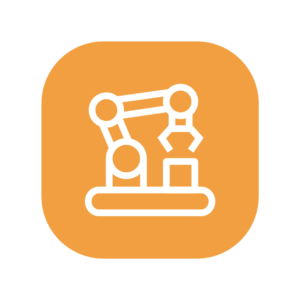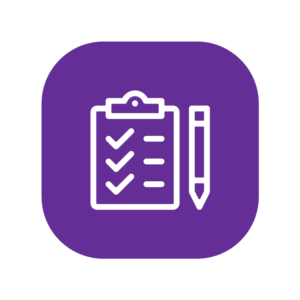Synchronous discussion
Task Patterns
Description:
Synchronous discussion can encourage students to learn from one another through collaboratively exchanging ideas among teachers and students.
Implementation notes
1. For large group discussion, role-playing is a technique to force students’ positive interactions and relations, i.e., assigned roles of researchers or school principals, to develop their insights into stakeholder positions.
2. For whole class discussion, ask a mix of questions to help students recall specific information, describe topics and phenomena, and evaluate information after the discussion.
3. Jigsaw discussion can be introduced to get more specific feedback by enabling each student of a “home” group to specialize in one aspect of a topic.
Related patterns at the same level
Related products
-
Directed learning
Quiz for remembering & comprehending knowledge
-
Construction: Tangible / Manipulable Artifacts
Product creation for developing skills and applying knowledge
-
Exploratory Learning
Conduct experiment to collect data for an inquiry
-
Explorations through Conversation
Asynchronous online discussion
Patterns at other levels
You may also like…
-
Curriculum Component Patterns
Self-monitoring through prototype construction
-
Curriculum Component Patterns
Revision through product optimization
-
Curriculum Component Patterns
Predict-observe-explain for goal-setting
-
Curriculum Component Patterns
Design fair test for self-planning
-
Curriculum Component Patterns
Conducting experiments for self-monitoring
-
Curriculum Component Patterns
Goal setting through brainstorming
-
Curriculum Component Patterns
Revision of the experimental design to improve/extend the findings
-
Curriculum Component Patterns
Ideate design plans for goal-setting
















Reviews
There are no reviews yet.